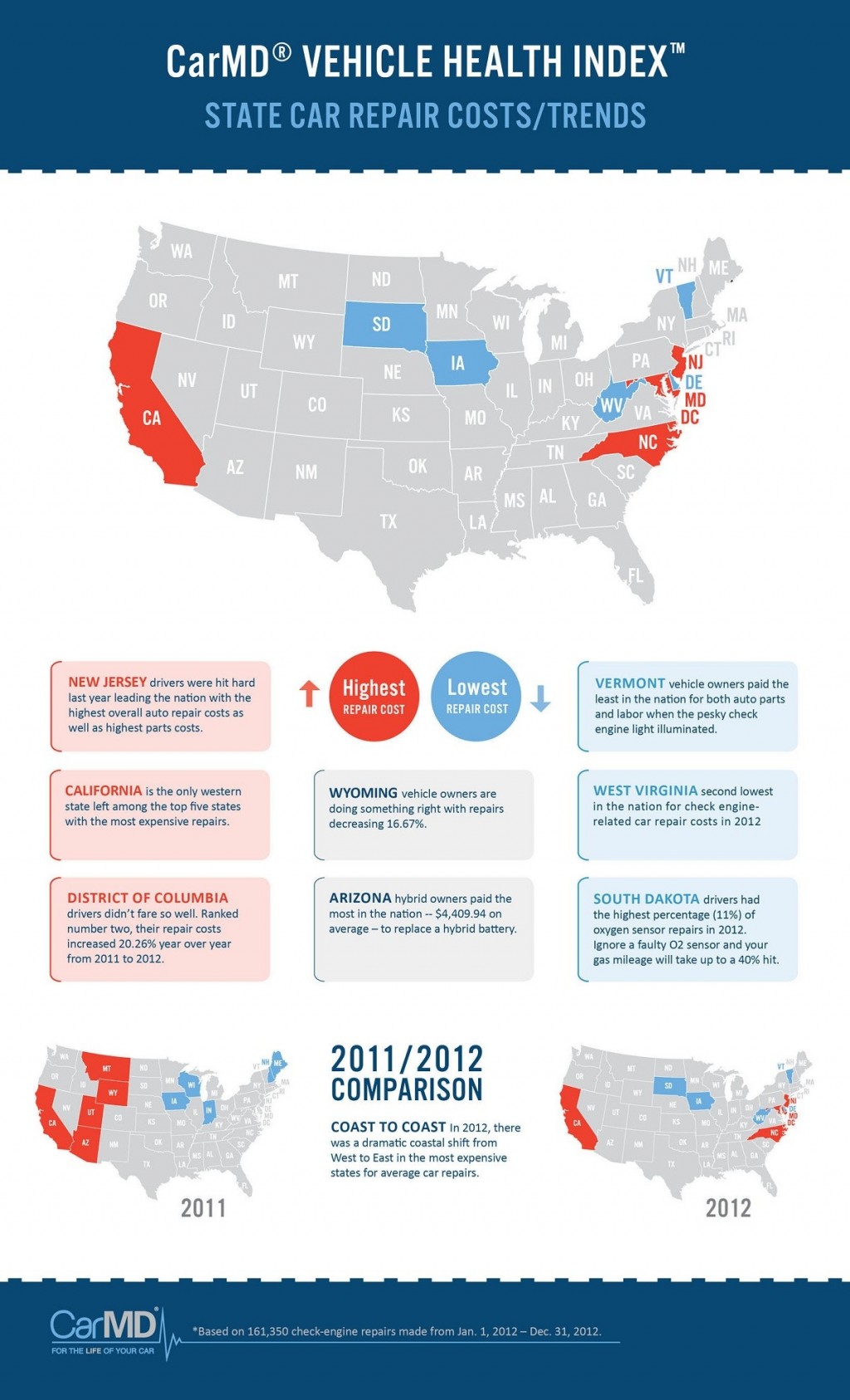Decoding Your Lorry'S Warning Indicators: What They Truly Indicate
Decoding Your Lorry'S Warning Indicators: What They Truly Indicate
Blog Article
Staff Author-Samuelsen Kejser
When you lag the wheel, those radiant caution lights on your control panel can be a little bit complicated. Do you recognize what they're trying to inform you regarding your vehicle's health? Understanding the relevance of these lights is vital for your safety and security and the longevity of your lorry. So, the following time one of those lights turns up, would not you want to decode its message accurately and take the needed steps to address it?
Common Warning Lighting and Interpretations
Identify usual caution lights in your automobile and understand their significances to make sure safe driving.
One of the most regular caution lights include the check engine light, which signals concerns with the engine or emissions system. If this light begins, it's essential to have your automobile inspected immediately.
The oil pressure cautioning light suggests reduced oil stress, calling for prompt attention to stop engine damages.
auto wash flashing battery light could recommend a faulty billing system, possibly leaving you stranded otherwise attended to.
The tire stress monitoring system (TPMS) light signals you to reduced tire pressure, impacting car stability and gas effectiveness. Overlooking this might cause risky driving conditions.
The abdominal muscle light suggests a problem with the anti-lock stopping system, compromising your capacity to stop rapidly in emergencies.
Finally, the coolant temperature warning light warns of engine getting too hot, which can lead to severe damages otherwise solved quickly.
Comprehending these usual caution lights will help you address issues immediately and preserve secure driving problems.
Importance of Prompt Attention
Understanding the typical caution lights in your vehicle is just the first step; the importance of quickly addressing these warnings can not be highlighted enough to ensure your security when driving.
When a caution light illuminates on your dashboard, it's your car's means of connecting a potential concern that requires interest. Disregarding these cautions can lead to a lot more extreme issues in the future, compromising your safety and security and possibly costing you more in repairs.
Prompt focus to alerting lights can protect against failures and accidents. For instance, a flashing check engine light might indicate a misfire that, if left unattended, could trigger damages to the catalytic converter. Resolving this promptly can save you from a pricey repair.
In a similar way, a brake system cautioning light may signal reduced brake fluid or used brake pads, essential parts for your safety and security when driving.
Do It Yourself Troubleshooting Tips
If you discover a caution light on your dashboard, there are a couple of do it yourself fixing tips you can attempt before seeking specialist assistance.
The initial step is to consult your car's handbook to recognize what the specific warning light suggests. In some cases the concern can be as easy as a loosened gas cap causing the check engine light. Tightening up the gas cap may settle the issue.
https://elliottsnhcv.like-blogs.com/31082537/important-devices-that-every-auto-repair-center-need-to-consist-of is a reduced battery, which can trigger various alerting lights. Checking the battery connections for rust and ensuring they're safe and secure might take care of the problem.
If a warning light continues, you can try resetting it by disconnecting the auto's battery for a few minutes and then reconnecting it. Additionally, checking your vehicle's liquid levels, such as oil, coolant, and brake liquid, can aid fix warning lights associated with these systems.
Conclusion
In conclusion, understanding your car's warning lights is crucial for maintaining your lorry running efficiently and safely. By without mobile car cleaning dealing with these alerts and recognizing what they indicate, you can avoid pricey repair services and prospective failures.
Keep in mind to consult your vehicle's handbook for specific information on each warning light and do something about it as necessary to guarantee a hassle-free driving experience.
Remain notified, remain safe when driving!
